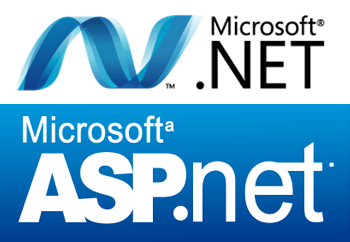What is the full form of ASPASP: Active Server PageASP stands for Active Server Page. ASP was developed by Microsoft to allow programmers to create a dynamic website. It is the first server-side script engine and has now been superseded by ASP.NET. ASP is an HTML page that includes one or more scripts. Scripts are processed by an ASP interpreter on a web server by using input requested for a page to access data from a database before delivering it to the receiver. File Extension: .asp (for ASP) File Extension: .aspx (for ASP.NET) ASP supports multiple programming languages like JavaScript and C#. It is similar to other scripting languages, just like PHP and JSP. When your browser URL shows a ".asp" or ".aspx" suffix, then you are visiting an ASP page. ASP is a feature of Microsoft Internet Information Server (IIS), but as it handles HTML pages, it is supported by all browsers. You can create an ASP file by including Jscript or VBScript in an HTML file. 
What ASP Can Do
ASP: Application Service ProviderASP also stands for Application Service Provider. An ASP is a business providing internet applications and other related services to its customers across a wide area network. ASPs are a way for companies to outsource their services related to information technology to customers. They may be private enterprises or government organizations. Characteristics:User Control: Producing user controls facilitates the production of reusable components. Custom Controls: Using ASP, we can create custom controls. A Dynamic Link Library file is created here after the code has been built. Rendering Methods: The visited composite rendering method used by ASP builds a composite tree. Code-Behind Model: Microsoft suggests using the code-behind technique when working with dynamic programme code. Use of ASPDue to its swiftness, linguistic independence, and affordability, ASP is primarily used. It is not dependent on a certain language because we can create ASP pages in any language. It is applied to create dynamic websites. Advantages
Disadvantages
JSPs versus ASPsAccording to Yefim Natis, an analyst at Stamford, Connecticut-based Gartner Group Inc., "JSPs were created later, and they're a knockoff of ASPs," saying that the emergence of both ASPs and JSPs helped to decrease the time and expenses needed to maintain and develop Web-based applications. JSPs and ASPs enable browsers to access those resources and display database material or data from other applications on the Web page. In order to compete with static, predetermined Web sites created using HTML, both technologies were developed. Developers can more easily change both the page layout and the dynamic content by separating the user interface (the way the page looks) from the logic that generates the content.
Next TopicFull Form
|
 For Videos Join Our Youtube Channel: Join Now
For Videos Join Our Youtube Channel: Join Now
Feedback
- Send your Feedback to [email protected]
Help Others, Please Share










